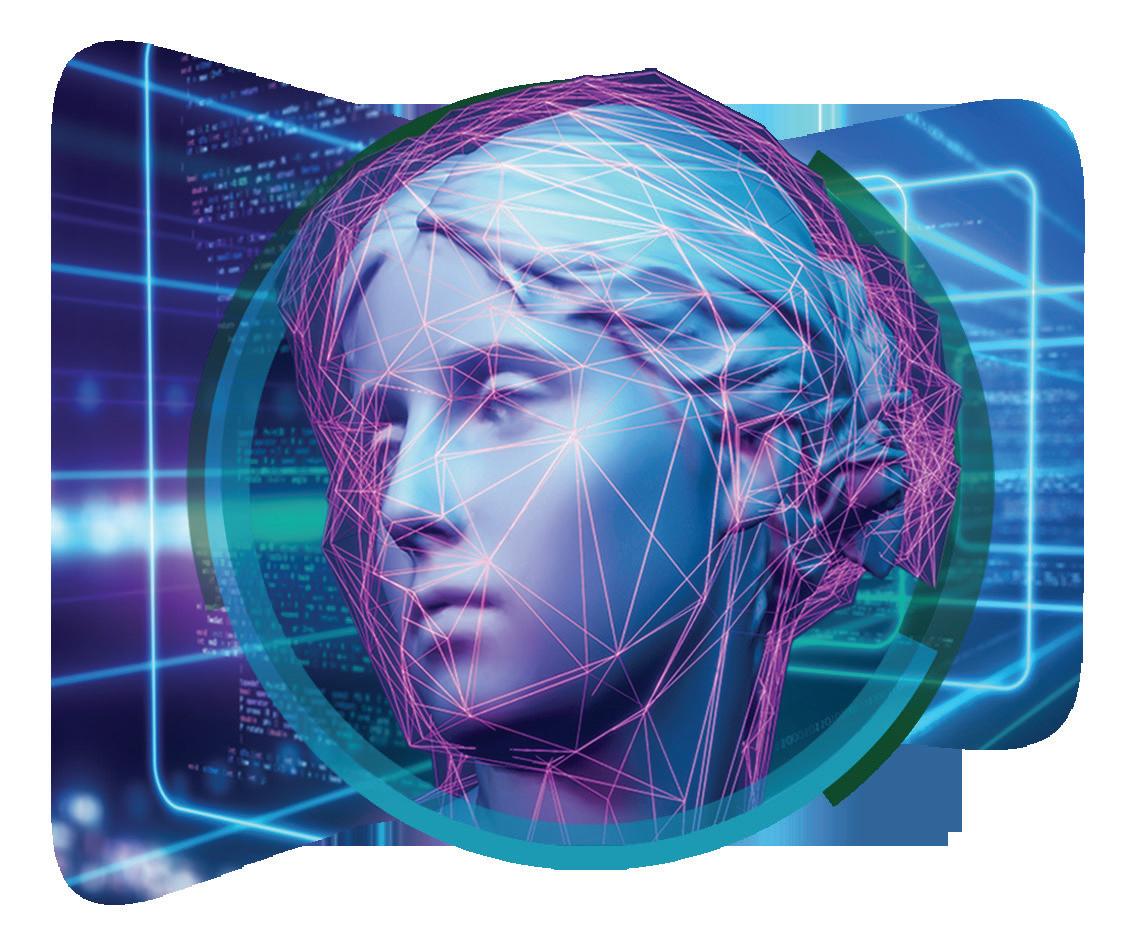
5 minute read
Navigating the opportunities and challenges of AI adoption in organisations
In a world where Generative AI has taken us by storm, organisations are under a lot of pressure not to fall behind. Executives and technology leaders strive to innovate and remain competitive, while they are also concerned about the risks associated with AI, including its impact on the workforce. In this article, we will explore these issues and provide practical recommendations for organisations seeking to embrace AI for sustainable growth and success.
The bandwagon that is Generative AI
Generative AI (GenAI) is a rapidly evolving branch of Artificial Intelligence (AI) that can generate artefacts previously created predominantly by humans. It can personalise customer experiences, summarise documents, and even write computer code to accelerate software development. However, with numerous exciting applications, how can organisations prioritise their efforts? While it might be an exciting GenAI use case to create a video of a unicorn composing classical music on Mars, one must ask how would this application help your organisation increase its bottom line?
With 2024 being a critical year, GenAI is being considered and used in transforming the way businesses operate. Progressive success will be exhibited by organisations that are successful in pairing AI with their business strategy and weaving technology into the fabric of their operations. This means, starting with the critical business objectives and using AI to accelerate its achievement. Through this exercise, the organisations can address key challenges of data, processes and people to create an ecosystem that is primed to embrace AI. This then becomes a repeatable recipe for leveraging AI in the next strategic goal.
Safeguarding your organisation against the risks of AI
AI presents a wealth of opportunities for organisations, but it also comes with inherent risks including ethical concerns, bias, hallucination, lack of transparency and data privacy. The use of AI as a black box, without transparency in the decision-making process, can have severe consequences. For instance, an AI algorithm may unintentionally exclude certain demographics from accessing some facilities. This could be due to a lack of diversity in the training data or the parameters in the algorithm being biased towards a specific outcome presenting an ethical risk. Additionally, the model may generate high-confidence responses that appear to be based on real data but are not grounded in the training data, resulting in hallucinations. Trust in AI is not inherent; it must be intentionally built with the values and objectives of the organisation in mind.
The need for proactive AI governance in organisations
In the rapidly evolving landscape of AI, regulatory bodies worldwide are still grappling with the implications of AI on public interest and safety with the world’s first comprehensive AI regulation, the EU AI Act, only coming into effect in December 2023. As such, organisations cannot solely rely on regulation to ensure compliance. Instead, they must proactively establish their guardrails and frameworks to fully embrace AI with confidence.
At Deloitte, we recognise this need and have developed our Trustworthy AI TM framework through our Global AI Institute. This framework guides organisations in building trust within their AI ecosystem through six pillars: fair and impartial, robust and reliable, transparent and explainable, safe and secure, accountable and responsible, and respectful of privacy.

The goal of such an AI governance framework is to provide clear guidelines and actions to mitigate AI risks. This entails putting processes in place to check for diversity in the data and defining a risk rating system for AI applications to determine the level of due diligence and frequency of re-training required. Putting controls in place in the form of a human in the loop to create accountability and reliability and ensuring compliance with various data privacy regulations acts such as GDPR, NDPR and the POPI Act.
The role of leadership in building an AI-ready organisation
Leadership plays a critical role in building an organisation that can confidently embrace AI and innovate while maintaining the trust of its customers and staff. This involves establishing a strong governance framework and fostering a culture of innovation, ethics and trust.
The board sets the tone at the top, promoting a disruptor’s mindset and cascading a culture of innovation and ethical values throughout the organisation. Leadership at all levels must take practical steps to build AI fluency, working closely with technology leaders to align the organisation’s strategic goals with its AI initiatives. This enables the harnessing of technology for business growth, cost reduction and improved customer and employee experiences.
Leadership should act as an enabler, carefully sponsoring the organisation’s AI maturity journey through investment in technology, talent and capability building. Promoting policies and frameworks for trustworthy AI is essential, as is understanding the implications of AI on talent and embracing a culture of change and continued education. By working with trusted advisors and alliance ecosystems, leadership can transform roles within the organisation, future-proofing the business in an era where AI becomes the fabric of the business.










